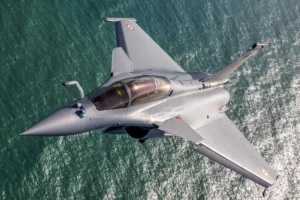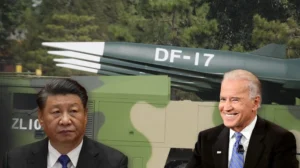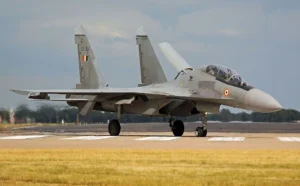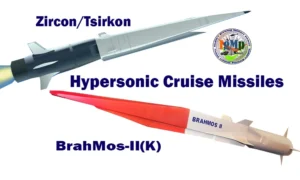Taiwan’s military revealed that one of its bases has been fortified and hardened sufficiently to withstand a Chinese High-Altitude Electromagnetic Pulse (HEMP) attack and protect its electronics and communications from being disabled.
Reports from the island, however, mention that the People’s Liberation Army (PLA) will carry out a HEMP by detonating a thermonuclear device in mid-air. EMPs are a byproduct of nuclear explosions that disable all electrical and electronic devices in the radiation radius.
Advances in computer and computing hardware technology subsequently introduced devices that can produce EMPs artificially without having to use nuclear fission weapons.
The report follows the Pentagon’s latest China Military Power report, which said Beijing is steadily increasing its arsenal of nuclear warheads to 500. Military friction between China and Taiwan-US continues in the western Pacific, with both Taipei and Beijing making concerted efforts to ready their armies for war.
Base Can Withstand Powerful Electromagnetic Pulse
The latest revelation from Taiwan’s Ministry of National Defense (MND) also says the base in the country can help defend the seas from People’s Liberation Army Navy (PLAN) vessels by directing and guiding anti-ship missiles (AShM) after such a strike.
The MND, while confirming that its Republic of China Navy (RoCN) operates such a base with HEMP-resistant capabilities, denied that a new facility had been built for the purpose.
A report in Taiwan News nevertheless conveyed concerns from Taiwanese military officials that the “PLA could detonate nuclear weapons at high altitudes.” This can instantly paralyze all electronic equipment and hamper efforts by the military to defend the country.
RW News, quoting unidentified sources from the MND, identified New Taipei City’s Sanzhi District as the home to the RoCN base, which can survive the HEMP attack.
The base is reportedly called “Gangping Camp” and affiliated with the Haifeng Brigade, the Navy’s motorized land-based anti-ship missile unit. It mainly uses domestically developed land-based Hsiung Feng II and Hsiung Feng III AShMs as its primary armaments. Subsequently, it adds US-origin land-based Harpoon anti-ship missiles to its inventory.
EurAsian Times report had said in September how the RoCN released videos of its HF-II and HF-III missiles hitting target vessels in a message to China about its war preparedness. A Harpoon missile was used in the exercises.
A vital characteristic of the HEMP defenses in the Gangping Camp is the “shielding room,” designed and constructed according to US military nuclear protection standards. It is a complete six-sided double-layer zinc-plated steel wall structure, combining outer steel beams and steel columns to block HEMP radiation electromagnetic waves, reducing their force from as high as 50,000 to 5 volts per meter.
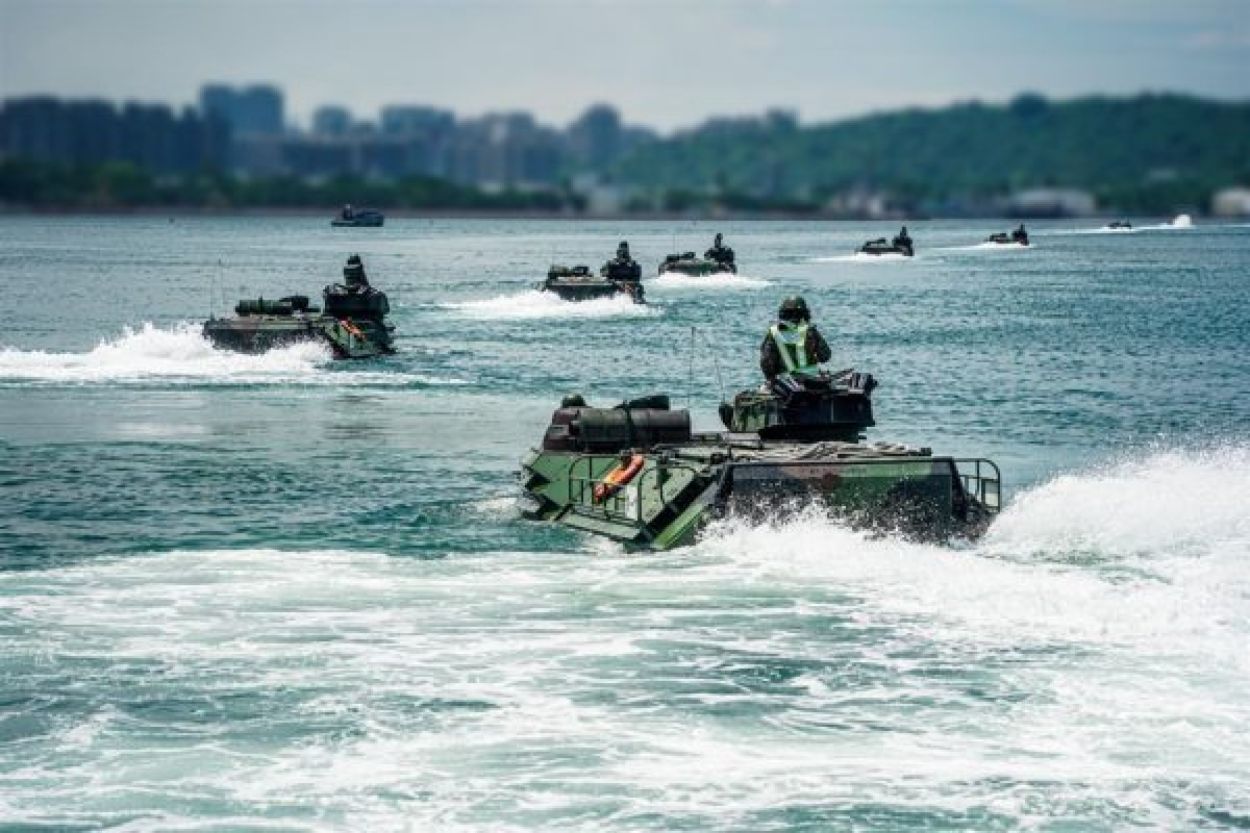
Can Coordinate Anti-Ship Missile Fire
Taiwanese naval officials also say the shield room has a complete ship monitoring system for the waters surrounding northern Taiwan, “as well as a fire control center for shore-based anti-ship missiles.”
Following a possible HEMP strike, the base in Sanzhi might still be able to function as a command and control center for HF-II, HF-III, and Harpoon missiles.
Other reports further suggested that the center would not only act as a coordination center that relays targetting information to AShMs launched from other platforms but would also launch missiles itself. In the latter case, it might risk detection and invite heavy Chinese surface strikes.
Liberty Times quoted Minister of National Defense Chiu Kuo-cheng saying that the base would offer functions “that have not been available before and to make improvements from the engineering side.”
Currently, the Heng Shan Military Command Center under Dazhi in Taipei’s Zhongshan District, the Air Force Combatant Command, Chiashan Air Force Base, and the Shizishan facility at Chihhang Air Base all reportedly have HEMP protection. At the same time, other military bases have only built electromagnetic pulse (EMP) defense capabilities.
China Will Use Nuclear Weapons
But the Pentagon report assumes that China would conduct EMP/HEMP attacks using nuclear devices only — a warfighting option it has so far not been assessed to take. Even the Pentagon report claims Chinese nuclear expansion but implies that Beijing would not use atomic weapons for regular warfare.
It instead says Beijing would use weapons used to conduct nuclear attacks to deliver conventional strikes with regular high-explosive warheads. China “may be exploring the development of conventionally armed intercontinental-range missile systems.”
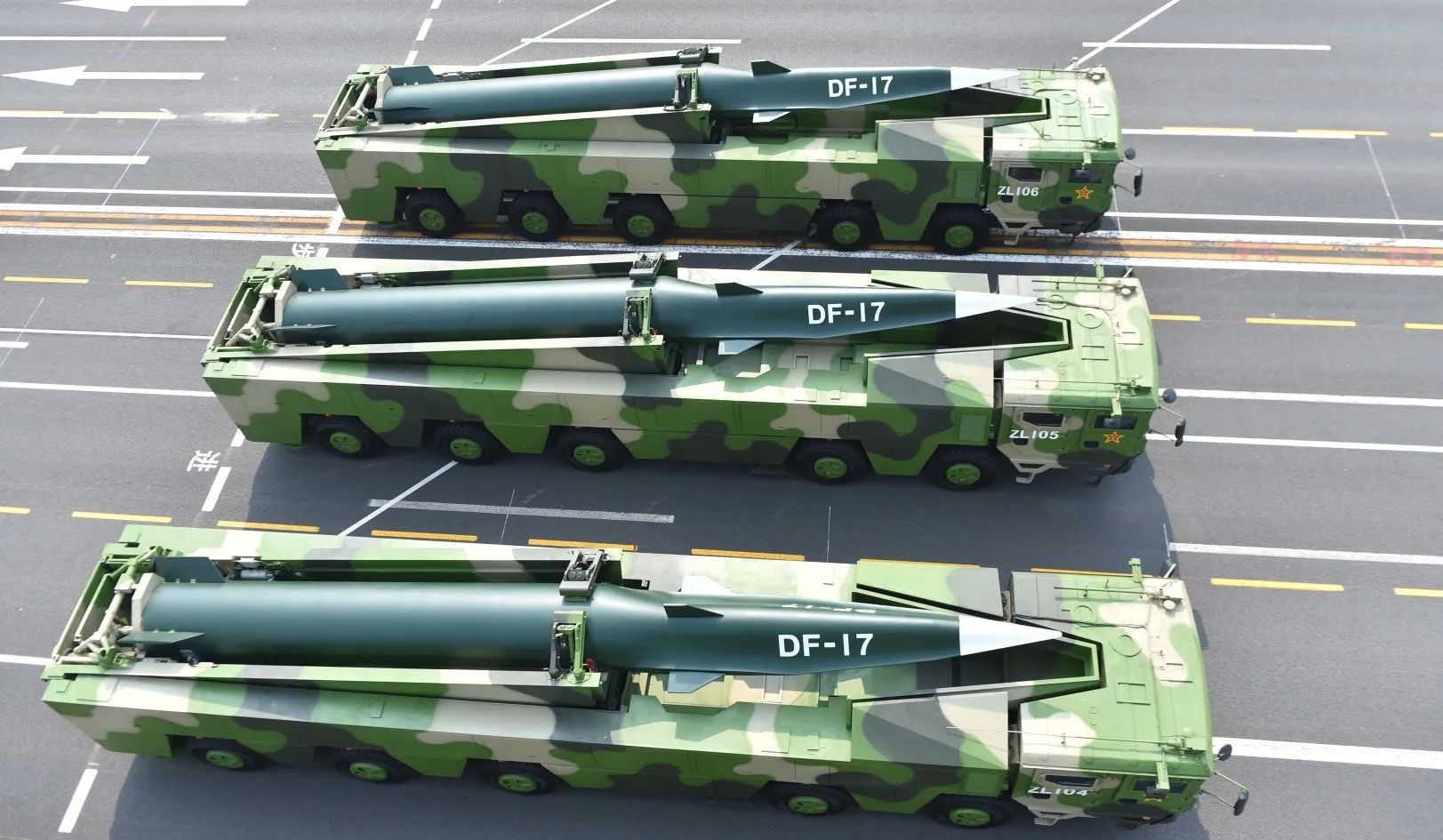
It can “threaten conventional strikes against targets in the continental United States, Hawaii, and Alaska” if a conventionally armed variant were to be built and deployed.
The Pentagon claims that the DF-5C, one of the PLA’s several newly developed and upgraded nuclear-armed intercontinental ballistic missiles, may be equipped with massive warheads with multi-megaton yields.
Moreover, using atomic weapons on Taiwan would erode China’s credibility inside both Taipei and East Asia. Beijing commands a lot of sympathy from many citizens and political parties on the island, networks that will be activated for subversion and internal collapse to reduce the chances of war.
Source link


